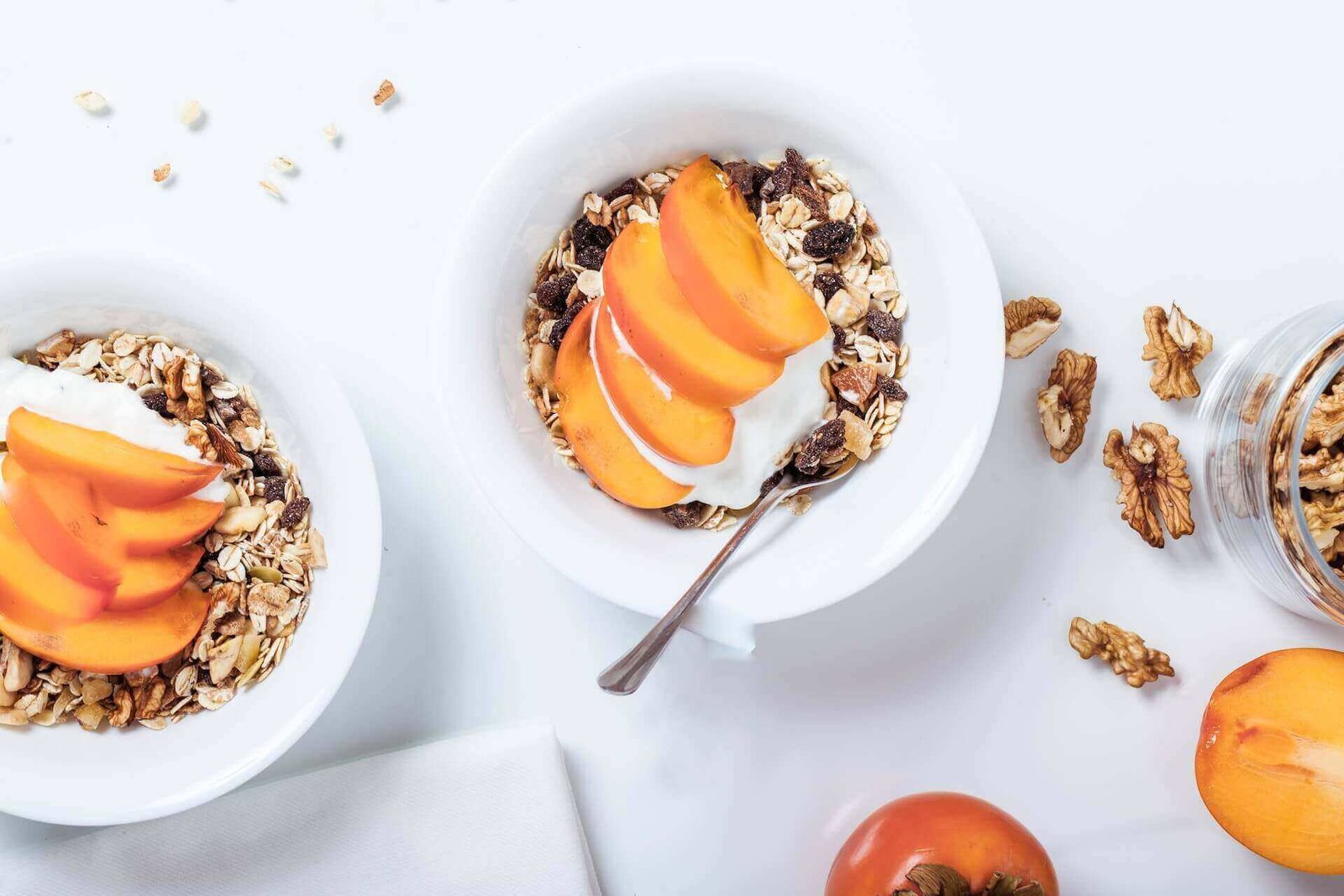We all know that breakfast is the most important meal of the day, but it’s equally vital to ensure it’s safe to eat. In this blog, we’re taking a journey into the world of breakfast, exploring delicious and nutritious recipes that not only tantalize your taste buds but also prioritize food hygiene and safety.
Scrambled Eggs with Vegetables
When preparing this dish, you should start by washing your hands thoroughly and cleaning the vegetables meticulously. Doing this removes any dirt or potential contaminants from your hands and ingredients, reducing the risk of foodborne illnesses.
For this recipe, it’s advisable to use pasteurized eggs, which are heat-treated to kill harmful bacteria like Salmonella. Cooking eggs at a high enough temperature (above 160°F or 71°C) ensures that any remaining bacteria are destroyed. This step is crucial, as undercooked eggs can pose health risks.
Additionally, the vegetables you choose, like bell peppers, tomatoes, or spinach, should be fresh and washed before use. Cross-contamination can occur if you use the same cutting board and knife for raw meat and vegetables, so always use separate utensils.
Omelette with Cheese and Herbs
Omelette with cheese and herbs is a delightful breakfast option that combines the richness of the cheese and the freshness of herbs. To start, clean hands and a clean cooking area are fundamental. Always wash your hands before handling food, and use clean utensils and cookware.
The choice of eggs is paramount. Opt for pasteurized eggs, which undergo heat treatment to eliminate harmful bacteria. Pasteurized eggs are a safer choice, reducing the risk of foodborne illnesses. When you cook your omelet, ensure it’s thoroughly cooked, with no runny parts. An omelette should reach an internal temperature of at least 160°F (71°C) to ensure that any potential pathogens are destroyed.
Cheese and herbs can add flavor to your omelette, but they also need attention. Ensure the cheese is stored in the refrigerator and within its use-by date. When using fresh herbs, wash them thoroughly to remove dirt or contaminants.
Overnight Oats
To ensure your morning oats are both delicious and safe, the process starts right from the moment you prepare them. Use clean and sanitized containers to store oats, yogurt, or milk. This helps prevent the growth of harmful bacteria.
When selecting your dairy or dairy alternatives, always go for pasteurized options. Pasteurization is a heat treatment process that kills harmful pathogens, making your ingredients safer.
Refrigeration plays a significant role in keeping overnight oats safe. After you’ve assembled your oats with ingredients like fruits, nuts, or honey, seal the container and store it in the refrigerator. This step is crucial because it prevents the growth of bacteria that can occur at room temperature.
While fruits are a great addition to overnight oats, wash them thoroughly and remove any bruised or spoiled parts. This reduces the risk of introducing contaminants into your breakfast.
Greek Yogurt Parfait
A few key steps should be followed to ensure that your parfait is not only delicious but safe to consume. First and foremost, when handling the ingredients for your Greek Yogurt Parfait, it’s essential to maintain good personal hygiene. This includes washing your hands thoroughly before preparation and using clean utensils and containers. Contaminated hands or equipment can introduce harmful bacteria to your breakfast.
Another crucial aspect is the use of pasteurized dairy products. Whether you’re using Greek yogurt or milk, ensure they are pasteurized to reduce the risk of foodborne illnesses. This heat treatment process eliminates harmful microorganisms.
When adding fruits to your parfait, wash them adequately and remove any damaged or spoiled parts. Fresh and clean fruits enhance the taste and contribute to food safety.
Furthermore, storing your Greek Yogurt Parfait in the refrigerator before serving is essential. Refrigeration helps slow down the growth of bacteria, making your morning meal safer.
Smoothie Bowl
The Smoothie Bowl is a vibrant and healthful breakfast choice. To make the most of your Smoothie Bowl, consider these key points to ensure it’s delicious and safe to consume.
Start with cleanliness. Wash your hands and ensure all your equipment and utensils are clean and sanitized. This helps prevent the introduction of harmful bacteria.
When selecting fruits and vegetables for your smoothie, inspect them for freshness and cleanliness. Wash them thoroughly to remove any dirt or contaminants. For example, if you’re using spinach, rinse it well. Use clean and well-maintained blenders or food processors to prepare your smoothie. These appliances should be free from any food residue or contamination.
If you add any dairy or dairy alternatives, ensure they are pasteurized. Pasteurization is a heat treatment process that kills harmful pathogens, reducing the risk of foodborne illnesses. For example, pasteurized almond milk is a safer option. Store any leftover smoothie in the refrigerator to prevent bacterial growth. Smoothies are best when consumed fresh, but if you need to save some for later, keeping them chilled is essential.
Celebrate Wellness with Your Morning Meal
In conclusion, you can make delicious and nutritious breakfast options that not only tantalize your taste buds but also prioritize your health and well-being. From scrambled eggs with vegetables to Greek Yogurt Parfait, these recipes have showcased how simple steps can significantly enhance food hygiene and safety in our morning meals.
Remember, food safety isn’t limited to these recipes; it’s vital to every meal we prepare. By adopting these practices and paying attention to food hygiene, we can relish our morning wellness on a plate without compromising safety. So, let’s start our days right with a wholesome breakfast that fuels our body and mind, all while keeping food hygiene and safety in mind.

